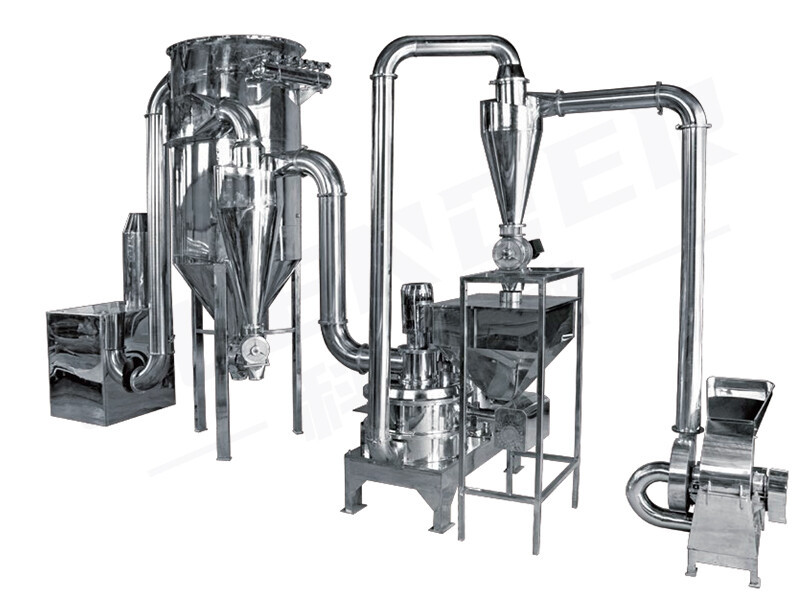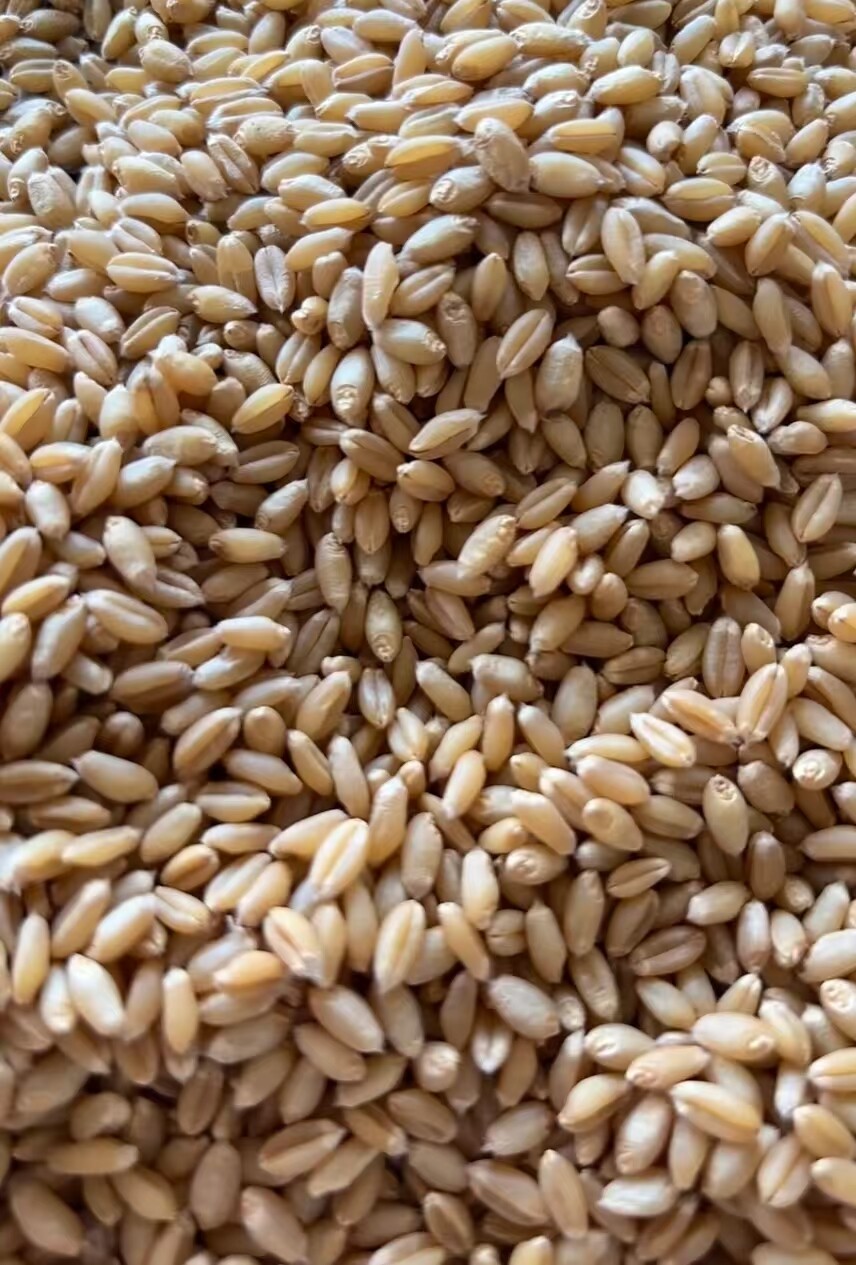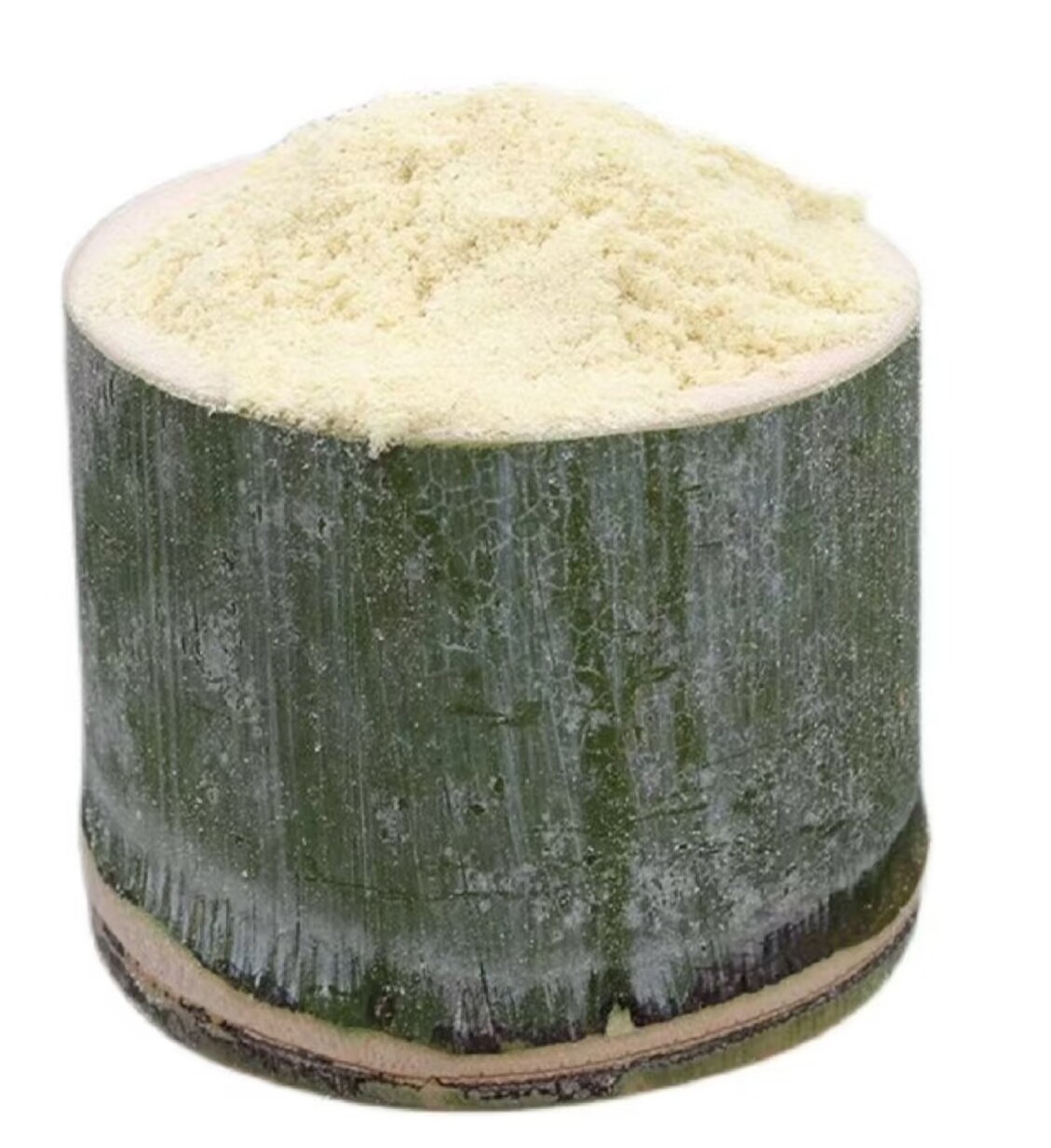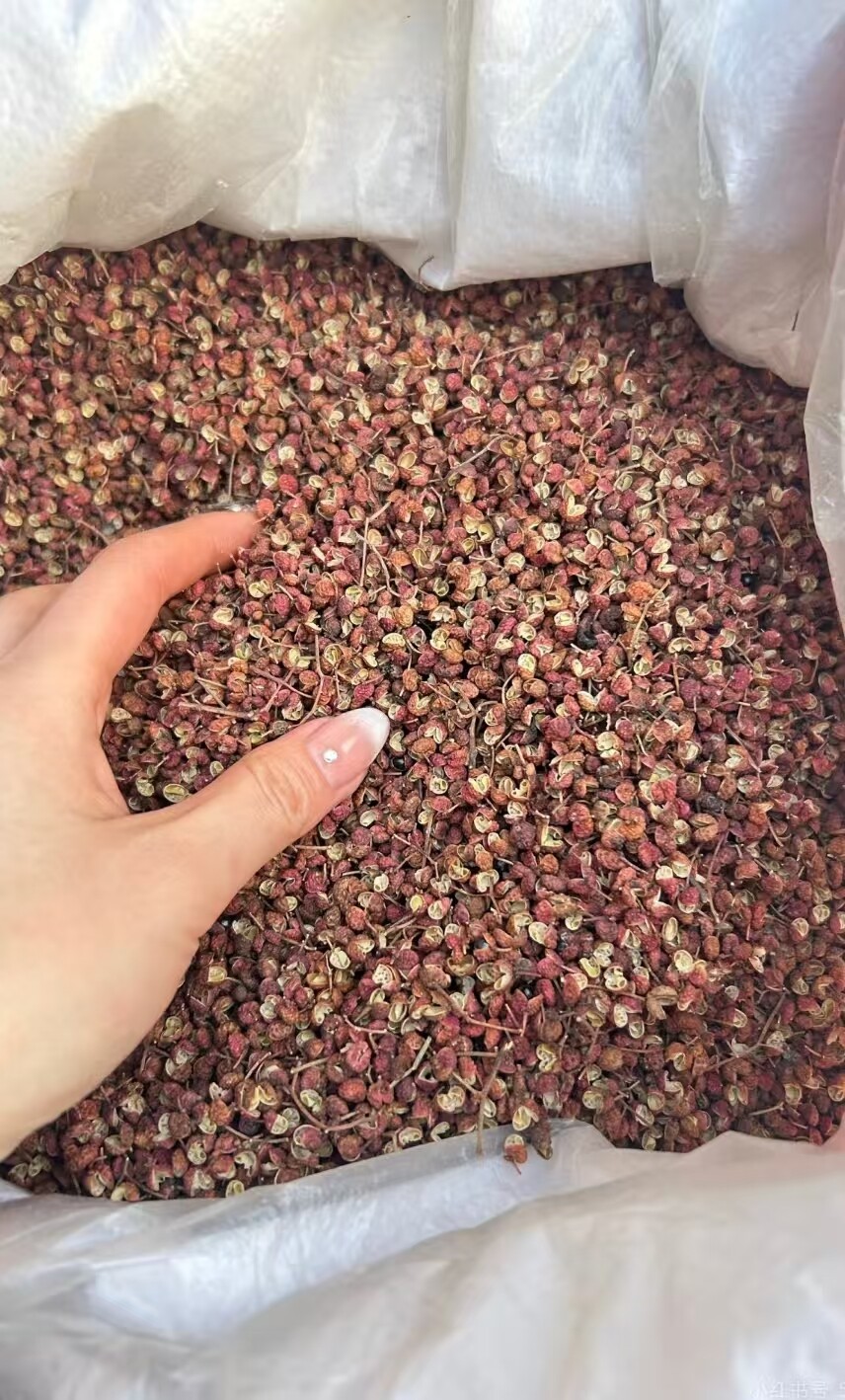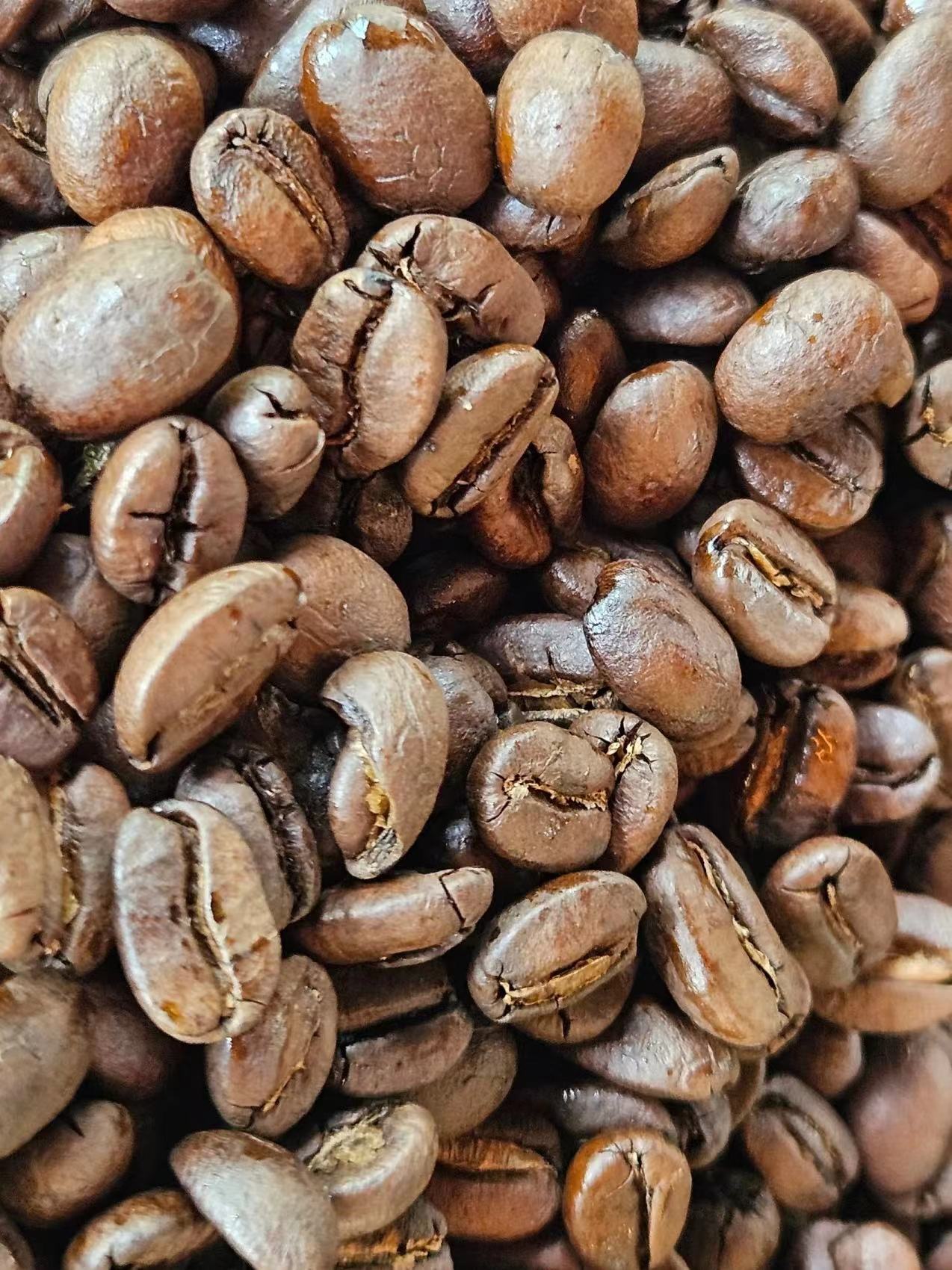In the era of traditional Chinese medicine (TCM) modernization, ultrafine pulverizer technology is emerging as a game-changer for processing high-fiber herbal materials. This innovation addresses long-standing challenges in extracting active compounds from fibrous herbs, unlocking new potentials for TCM efficacy and global expansion.
The Challenge of High-Fiber Herbs
Herbs like Astragalus membranaceus and Ganoderma lucidum contain over 30% cellulose and hemicellulose, forming tough cell walls that conventional grinders struggle to break down. Traditional pulverization, producing particles larger than 100 microns, leaves active ingredients trapped inside plant cells, reducing bioavailability.
Ultrafine Pulverization: A Breakthrough
Ultrafine pulverizers use high-speed airflow or mechanical attrition to grind materials into particles as small as 10 microns or even nanometers. This process increases surface area exponentially, enhancing ingredient dissolution. Studies show that ultrafine herbal powders can boost active component extraction by 40%-60% compared to traditional methods.
Key Advantages
Enhanced Bioavailability: For example, total saponins in ultrafine Panax notoginseng powder increase by 58% versus conventional slices.
Thermal Stability: Low-temperature operation preserves heat-sensitive compounds like volatile oils and enzymes.
Formulation Efficiency: Fine powders improve flowability, enabling precise dosage forms while reducing excipient use.
Sustainability: Closed systems minimize dust emissions, cutting energy consumption by over 30%.
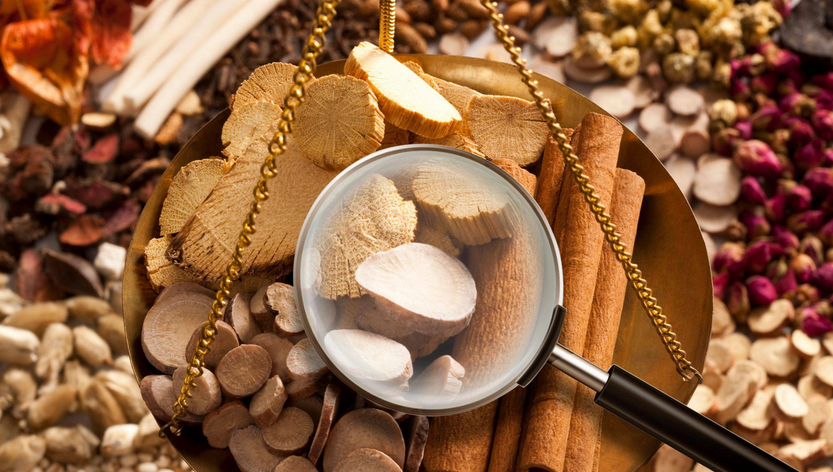
Industry Impact and Future Outlook
Leading TCM manufacturers have reported significant improvements in product performance. A major pharmaceutical company saw a 25% rise in repeat purchases after adopting ultrafine pulverization for compound formulas. With China’s "14th Five-Year Plan for TCM Development" promoting standardization, this technology is set to become a cornerstone for global TCM integration.
Related Testimonials
Online Consultation

